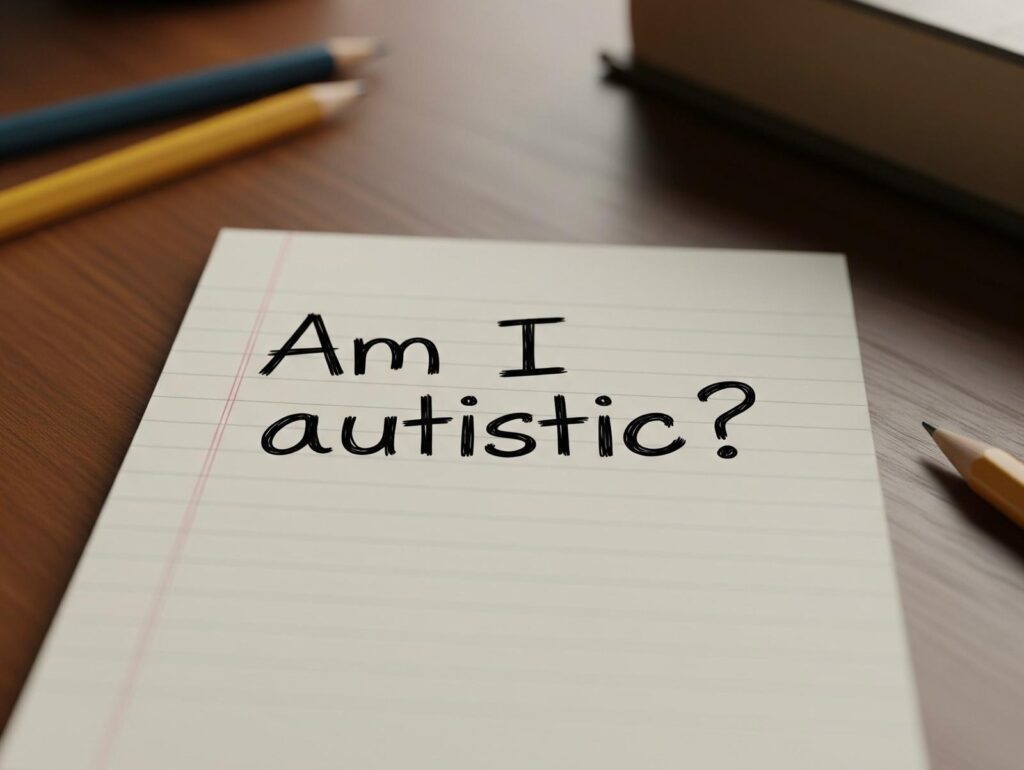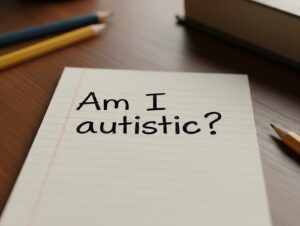Cognitive biases are systematic patterns of deviation from norm or rationality in judgment, whereby inferences about other people and situations may be drawn in an illogical fashion. Individuals create their own “subjective social reality” from their perception of the input. An individual’s construction of social reality, not the objective input, may dictate their behaviour in the social world. Thus, cognitive biases may sometimes lead to perceptual distortion, inaccurate judgment, illogical interpretation, or what is broadly called irrationality. This article explores various types of cognitive biases, their psychological basis, and the impact they have on decision-making.
Overview of Cognitive Bias
Cognitive biases are tendencies to think in certain ways that can lead to systematic deviations from a standard of rationality or good judgment. They often arise from the brain’s attempt to simplify information processing. Biases are a common outcome of human thought processes, and understanding them can aid in more effective decision-making (Tversky & Kahneman, 1974).
Types of Cognitive Biases
1. Confirmation Bias
Confirmation bias is the tendency to search for, interpret, favor, and recall information in a way that confirms one’s preexisting beliefs or hypotheses. It is a type of cognitive bias that impacts how information is gathered and interpreted. This bias can prevent individuals from considering important information when making decisions and can lead to poor or faulty choices (Nickerson, 1998).
2. Anchoring Bias
Anchoring bias occurs when individuals rely too heavily on the first piece of information they receive (the “anchor”) when making decisions. Even if subsequent information is provided, the initial anchor tends to have a disproportionate influence on the outcome of the decision (Kahneman, 2011).
3. Availability Heuristic
The availability heuristic is a mental shortcut that relies on immediate examples that come to a given person’s mind when evaluating a specific topic, concept, method, or decision. The availability heuristic operates on the notion that if something can be recalled, it must be important, or at least more important than alternative solutions which are not as readily recalled. Consequently, individuals tend to weigh their judgments toward more recent information, making new opinions biased toward that latest news (Tversky & Kahneman, 1973).
4. Overconfidence Bias
Overconfidence bias is a well-established bias where a person’s subjective confidence in their judgments is reliably greater than their objective accuracy, especially when confidence is relatively high. Overconfidence is associated with a failure to accurately gauge skill levels, the probability of success, and the likelihood of risks (Moore & Healy, 2008).
5. Halo Effect
The halo effect is the tendency for an impression created in one area to influence opinion in another area. For example, attractive or charismatic individuals are often perceived as more successful and competent. This can affect hiring decisions, where attractive job candidates are rated more favorably or presumed to be more skilled based on their appearance alone (Dion, Berscheid, & Walster, 1972).
6. Status Quo Bias
Status quo bias is the preference to keep things the same or maintaining a previous decision. This bias is evident in the domain of personal finance, such as when investors stick to traditional investment strategies despite new options that might better meet their needs. It’s also seen in technology adoption, where companies or individuals resist switching to more efficient systems due to the comfort and familiarity with existing setups (Samuelson & Zeckhauser, 1988).
Psychological Basis
Cognitive biases are thought to be a form of cognitive shortcut, often based on rules of thumb, and include errors in statistical judgment, social attribution, and memory. These biases are a common outcome of human thought processes and are often exacerbated by stress, time pressure, or limited information (Gilovich, Griffin, & Kahneman, 2002).
Implications
Understanding cognitive biases is crucial for both individual decision-making and for designing better decision processes in organisations. Awareness of biases can improve judgment and decision-making in clinical, financial, and managerial contexts. Educating people about biases can enhance their cognitive agility by encouraging them to think critically and question assumptions (Larrick, 2004).
Conclusion
Cognitive biases affect everyone and can lead to judgment errors and poor decision-making. By understanding and recognizing these biases, individuals and organisations can develop strategies to mitigate their effects and make better, more rational decisions.
References
- Gilovich, T., Griffin, D., & Kahneman, D. (Eds.). (2002). Heuristics and Biases: The Psychology of Intuitive Judgment. Cambridge University Press.
- Kahneman, D. (2011). Thinking, Fast and Slow. Farrar, Straus and Giroux.
- Larrick, R. P. (2004). Debiasing. In D. J. Koehler & N. Harvey (Eds.), Blackwell Handbook of Judgment and Decision Making (pp. 316-337). Blackwell Publishing.
- Moore, D. A., & Healy, P. J. (2008). The trouble with overconfidence. Psychological Review, 115(2), 502-517.
- Nickerson, R. S. (1998). Confirmation bias: A ubiquitous phenomenon in many guises. Review of General Psychology, 2(2), 175-220.
- Tversky, A., & Kahneman, D. (1973). Availability: A heuristic for judging frequency and probability. Cognitive Psychology, 5(2), 207-232.
- Tversky, A., & Kahneman, D. (1974). Judgment under Uncertainty: Heuristics and Biases. Science, 185(4157), 1124-1131
- Dion, K., Berscheid, E., & Walster, E. (1972). What is beautiful is good. Journal of Personality and Social Psychology, 24(3), 285-290.
- Samuelson, W., & Zeckhauser, R. (1988). Status quo bias in decision making. Journal of Risk and Uncertainty, 1(1), 7-59.
How to get in touch
If you or your patient/NDIS clients need immediate mental healthcare assistance, feel free to get in contact with us on 1800 NEAR ME – admin@therapynearme.com.au.
Discover more from Therapy Near Me
Subscribe to get the latest posts sent to your email.






